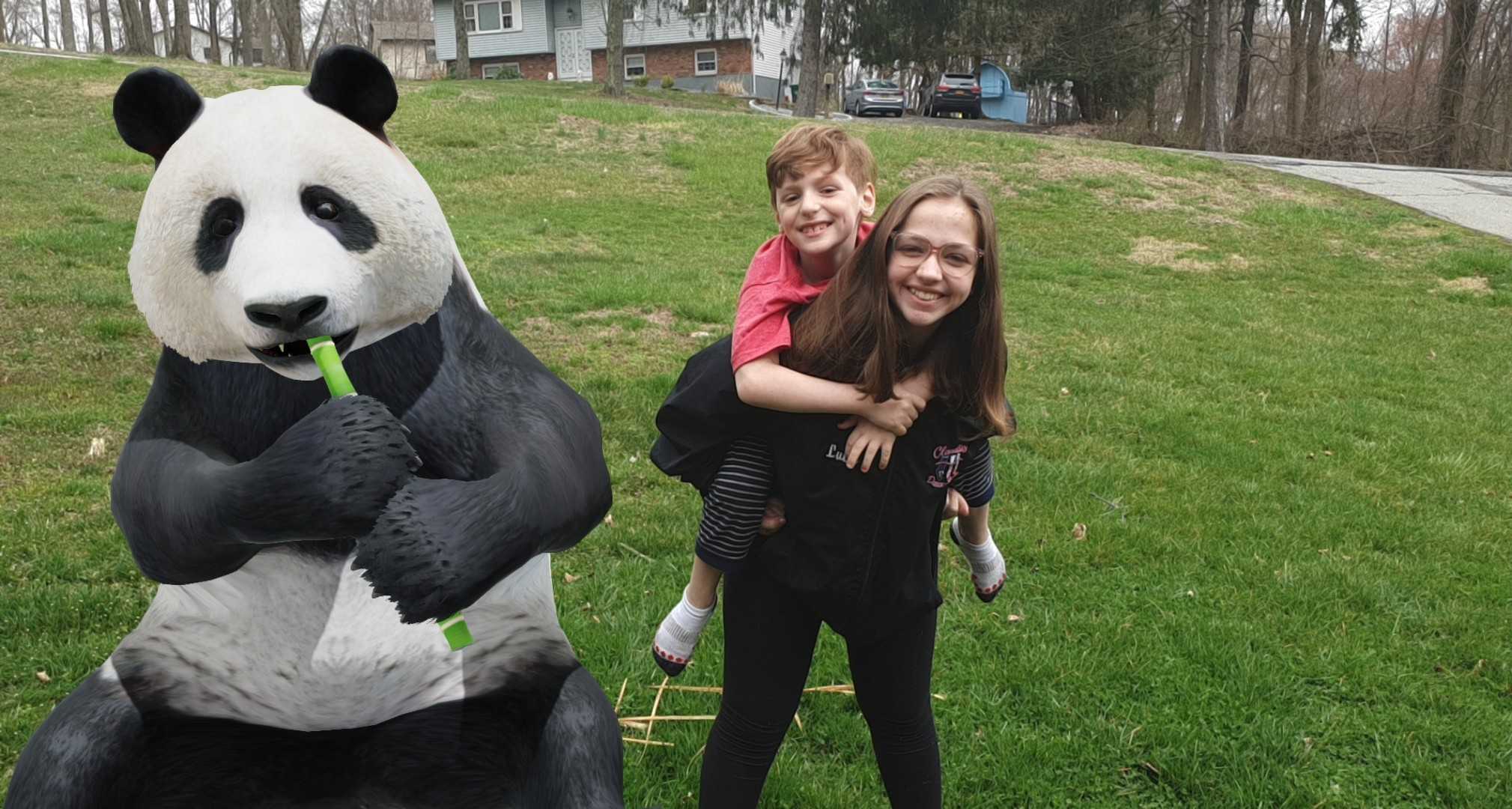It’s coronation day! Princess Elena’s heroic journey to become queen culminates in an epic prime-time finale special of Disney’s Elena of Avalor on Aug. 23. New episodes leading up to the finale will debut on Disney Junior and DisneyNOW every Sunday beginning Jul. 26 at 5 p.m. ET/PT.
Inspired by Latin culture and folklore, Elena of Avalor premiered in 2016 and tells the story of Elena, a brave and adventurous teenager who has been learning what it takes to be a great leader by ruling her enchanted fairytale kingdom as crown princess until she is old enough to be queen. The series, which airs in over 150 countries around the world, has been lauded for its messages of leadership and inclusiveness.
In the prime-time special titled Elena of Avalor: Coronation Day, as plans for Elena’s coronation are underway, Esteban’s team of villains unleash legendary spirit misfits, the Four Shades of Awesome. In order to save her kingdom, her family and her friends, Elena must journey to the Spirit World and back, and face the ultimate test of her courage and character, before becoming queen. Jenny Slate, Mark Hamill, Fred Armisen and Andy Garcia guest star as the Four Shades of Awesome and Patrick Warburton voices Grand Macaw, ruler of the dark side of the Spirit World.
The finale also features returning guest voice cast members Constance Marie, Lou Diamond Phillips, Jaime Camil, Justina Machado, Gina Rodriguez, Mario Lopez, Rachel Brosnahan, Tony Shalhoub, Jamie-Lynn Sigler, John Leguizamo, Cheech Marin, Whoopi Goldberg, Cloris Leachman, Chrissie Fit, Tyler Posey, Melissa Fumero, Stephanie Beatriz, Kether Donohue, Nestor Carbonell, Andrea Navedo, Eden Espinosa, Ana Ortiz, Gina Torres and Gaby Moreno, who also sings the series’ theme song.
The series stars Aimee Carrero as the voice of Princess Elena; Jenna Ortega as Princess Isabel; Chris Parnell, Yvette Nicole Brown and Carlos Alazraqui as jaquins Migs, Luna and Skylar, respectively; Emiliano Díez as Francisco; Julia Vera as Luisa; Christian Lanz as Chancellor Esteban; Jillian Rose Reed as Naomi; Joseph Haro as Mateo; Jorge Diaz as Gabe; Keith Ferguson as Zuzo; and Joe Nunez as Armando.
Elena of Avalor will continue to air on Disney Junior and Disney Channel platforms around the world. The series’ first two seasons are also currently available on Disney+.
—Jennifer Swartvagher
Featured photo: Disney
RELATED STORIES
Season Two of “Bluey” Is Coming to Disney Channel












